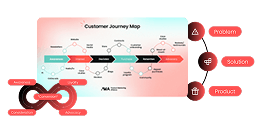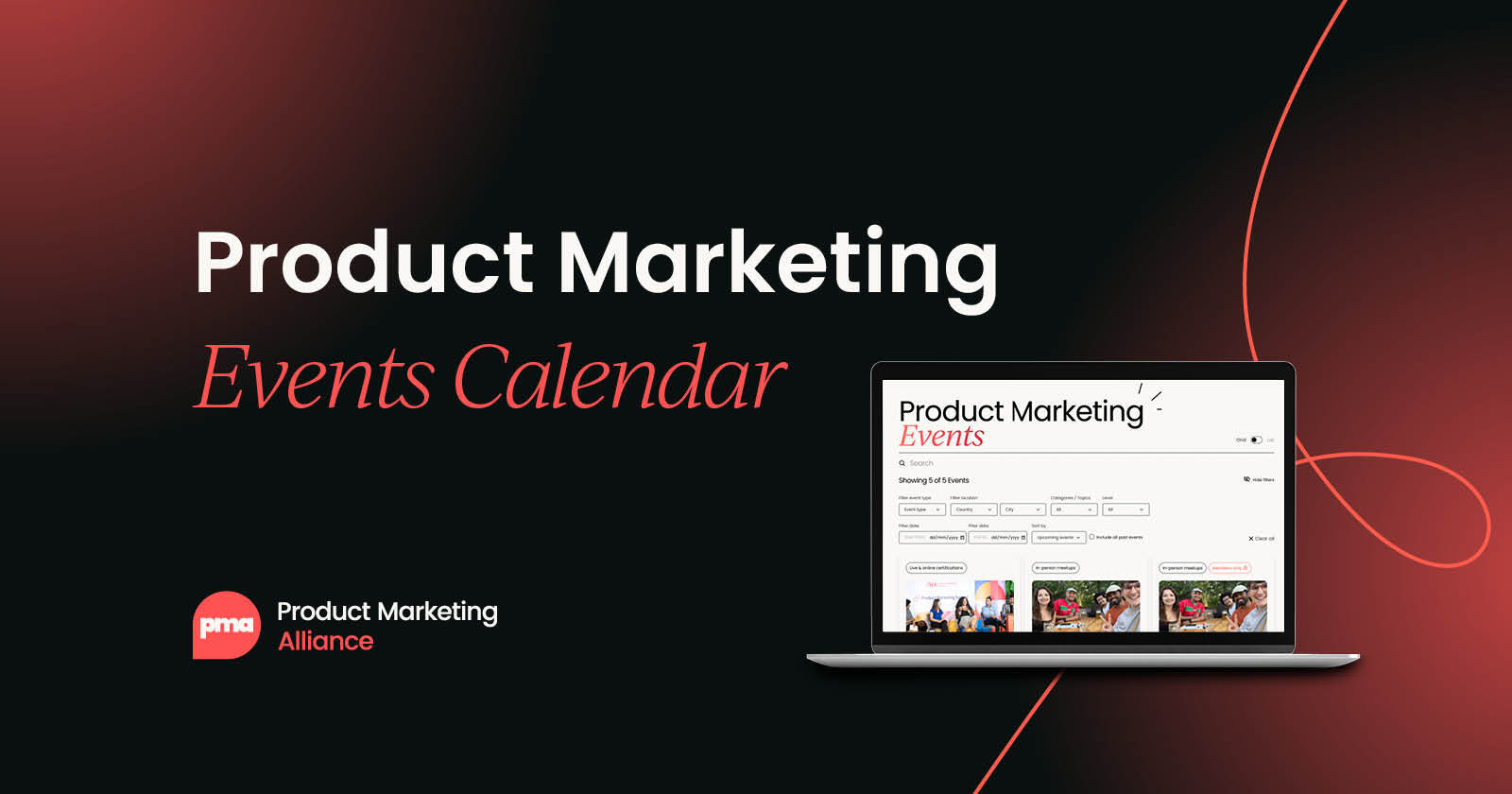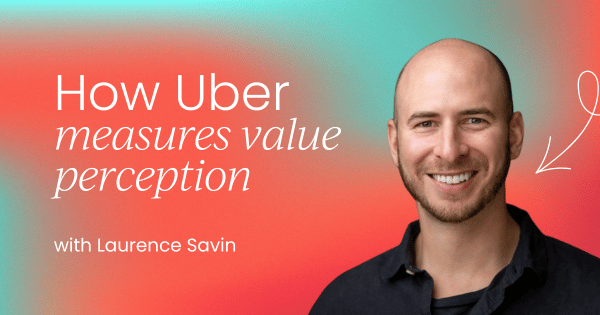This article is based on Laurence Savin’s brilliant talk at the Sydney Product Marketing Summit. PMA members can enjoy the complete recording here.
Since giving this talk, Laurence has taken on a new role as Head of Marketing at Amber Electric. Congratulations, Laurence! 🎉
Understanding value perception is crucial for any product marketer – and it’s something I’ve been diving deep into over the last year.
I work at Uber, focusing on our membership program – a subscription service where customers pay monthly to receive benefits like free delivery on food, discounts on rides, and exclusive offers.
The challenge is that every month, we have to convince customers to stick with the program, but Uber hasn’t traditionally focused on value perception. So, how can we drive value through different parts of our program? How do we measure that value? And how do we get internal stakeholders to buy into the importance of value perception?
These are the questions I’ve been grappling with, and I’ve had to train the business to start thinking this way too. In this article, I’m going to share some insight into that process.
Here’s a quick overview of what we’ll cover:
- The problem of value perception
- My process for capturing value perception
- One of my favorite tools for measuring value perception and how you can use it in your business
- A case study – and a little warning in advance: there's some math involved!
The trouble with value perception
The first thing to note about value perception is that value is asymmetric. This is fundamental to understanding how value exchanges work in business.
In an ideal world, if I give you a dollar, you should be willing to give me a dollar in return – the value would be equal.
However, that’s not how the world works. Instead of dollar-for-dollar exchanges, we’re exchanging goods and services. As a business, I want more of what I care about (like revenue or customer engagement) for less of what you care about (like money, time, or effort). Of course, both sides need to be happy with the deal.
So, we need to figure out what customers care about and how the business can extract that asymmetric value.
Some companies, like Uber and Amazon, have nailed this (it’s impossible to overstate how powerful free delivery can be!). Even airlines have figured it out with their points programs.
How to add value for your customers
Let’s walk through a hypothetical case study. Imagine you just got a job at a company called “Amazooon.” Congratulations! You’re now in charge of the “Primo” subscription product, which includes unlimited free delivery (sound familiar? 😉).
You’re in your new role, and your business leader approaches you with some exciting news: “Your Primo product is doing great! I want you to grow it.” So now, you’ve got a few options to make that happen. The two most obvious ones are…
- Reduce the price: Lowering the price brings down the break-even point and could attract more customers.
- Add features: You could add more value by expanding the service offering.
You take these options to your business leaders. Their response to the first one? No way.
So, it looks like you’re going with the second option and adding features. But wait – what’s that sound in the distance? It’s the rising clamor of a horde of product managers! You know the saying, “If all you have is a hammer, everything looks like a nail”? Well, if you’re a product manager, every business challenge looks like an opportunity to build new features.
Before long, your product managers are hammering away at streaming services, ultra-fast grocery delivery, games, prescription delivery, branded credit cards, and much more.
With all these new features, you’re surely generating tons of value for your customers and a huge return on investment, right?
🤔 But are all the features equal?
💰 Do you understand how much you're spending on each one?
🤷 Do you know how much value each feature contributes?
🫣 And how the heck would you even measure that?
This is where I found myself struggling at Uber.
The product marketer’s challenge
As a product marketer, I have two primary jobs:
- Create sustainable value for the business: I help guide the company to create products that customers care about enough to pay for, but without losing money in the process.
- Communicate that value to customers effectively: In other words, inbound and outbound marketing.
Here's the kicker: while I'm doing all of this, I’m competing against a lot of product managers, who are all busy building their own products. I’m fighting for voice and space in the room.
My goal is to influence the process so we provide value at every stage of the journey, but it gets complicated. The more features you add and the more customer types you serve – whether it’s B2C, B2B, or B2B2C – the harder it gets to measure value and communicate it effectively.
The metrics dilemma
So, let’s pause for a moment. Think about some of the metrics you use in your business to gauge how valuable customers perceive your product.
Do you lean on usage? Net Promoter Score (NPS)? Share of wallet? Revenue? Retention? Customer satisfaction? Lifetime value? Sentiment? Return on investment (ROI)?
These are all great metrics to track – the challenge is putting them into practice. How do you turn them into actionable insights that drive business decisions?
Let me share how I tackled this challenge at Uber.
The four steps to measuring value perception
To effectively measure value perception, there’s a four-step process I like to follow:
- Context: Understand the problem, the customer, and the value equation.
- Framework: Develop a framework to measure and implement value perception.
- Tooling: Ensure you have the right tools to capture the necessary data.
- Interpretation: Dive into the data and extract actionable insights.
Let’s explore these steps in more detail.


















 Follow us on LinkedIn
Follow us on LinkedIn



.svg?v=85af970283)